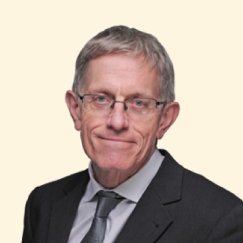Planes should increase their flight time and fly slower to reduce emissions, a new study on aviation has suggested.
A new analysis carried out by the University of Cambridge has set out a series of sustainable goals for the aviation industry to try to reduce their impact on climate change and make achieving net-zero emissions by 2050 more realistic.
The study found that aviation currently contributes to global warming rate increases by about four per cent, with 2.5 per cent of that being solely from global CO2 emissions.
Under current industry standards, the university believes aviation is still seriously off-track in meeting net-zero aviation pledges by 2050 by governments and organisations across the globe.
The analysis set out four realistic goals to achieve by 2030 to make the 2050 pledge easier to attain, including further research into avoiding clouds (contrails) created by planes, better collaborations between governments and industry, the creation of more sustainable fuel and experimenting with new technologies.
The university has also suggested a “bold measure” to try and reduce fuel burning by extending flight times while flying a little slower than usual routes.
Reducing flight speed by around 15 per cent, the study suggests, would decrease fuel burn by five to seven per cent. Planes may have to be designed in the future to fly at slower speeds to make this change attainable.
The downside of this would fall on the passengers, as their journey on a transatlantic flight would increase by about 50 minutes, potentially having a negative impact on airline productivity and passengers willing to book onto even longer flights.
Read more: How the climate crisis is making turbulence worse and flying more dangerous
However, the report suggests that the increased flight time could be offset by better airport organisation, such as reduced waiting times.
While such changes would require system-wide shifts, the move could see up to a 50 per cent reduction in fuel burn by 2050.
Other “bold measures” included building new aircraft quicker so older planes can be retired, and making sure more aircraft are “matching range”, which would ensure carriers are used for flights they were designed to fly for.
Professor Rob Miller, director of the university’s Whittle Laboratory, said that the reason the bold…
Click Here to Read the Full Original Article at The Independent Travel…
